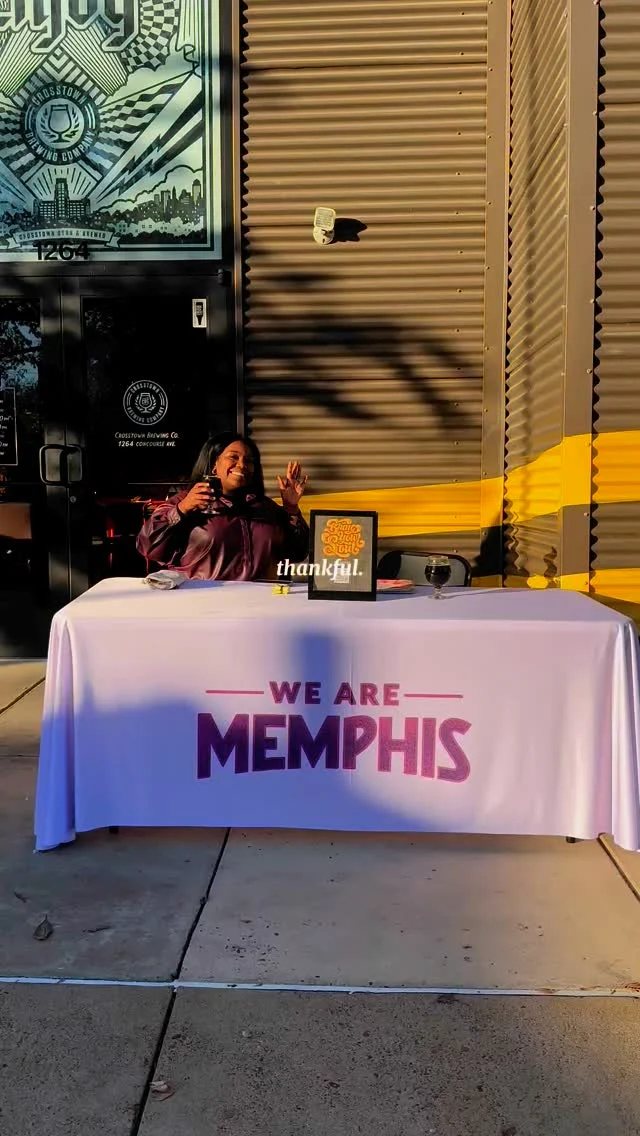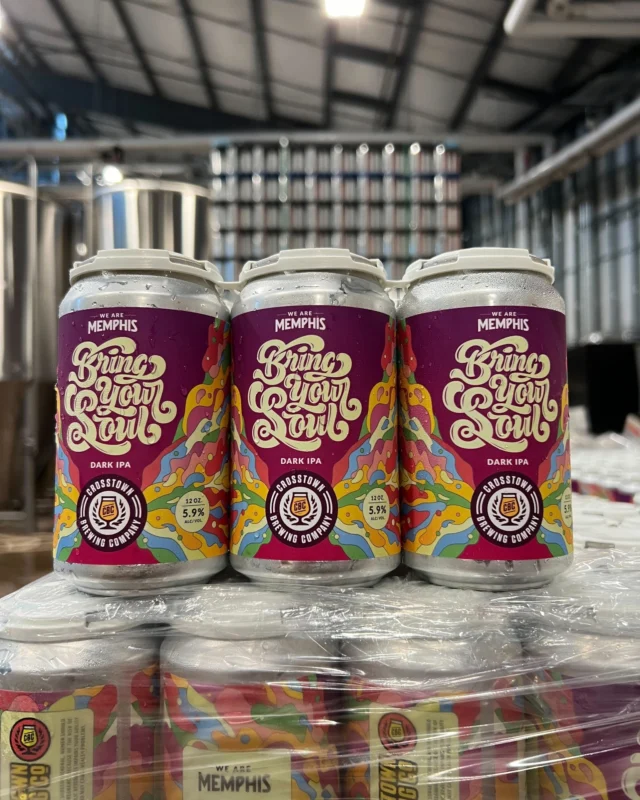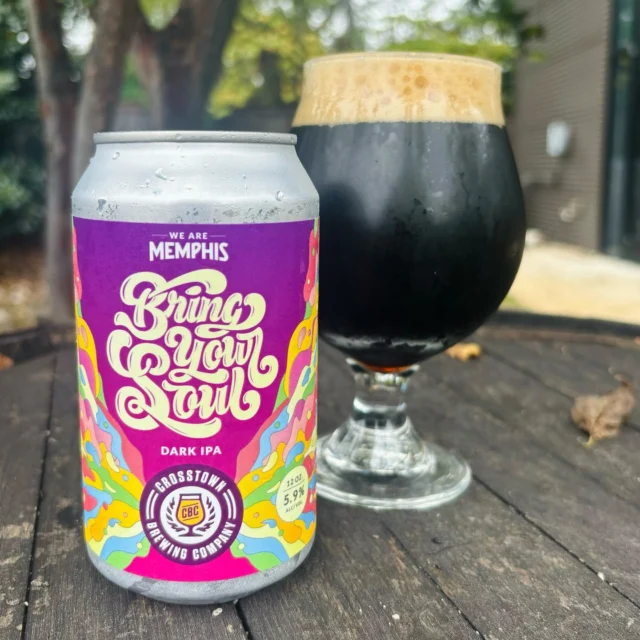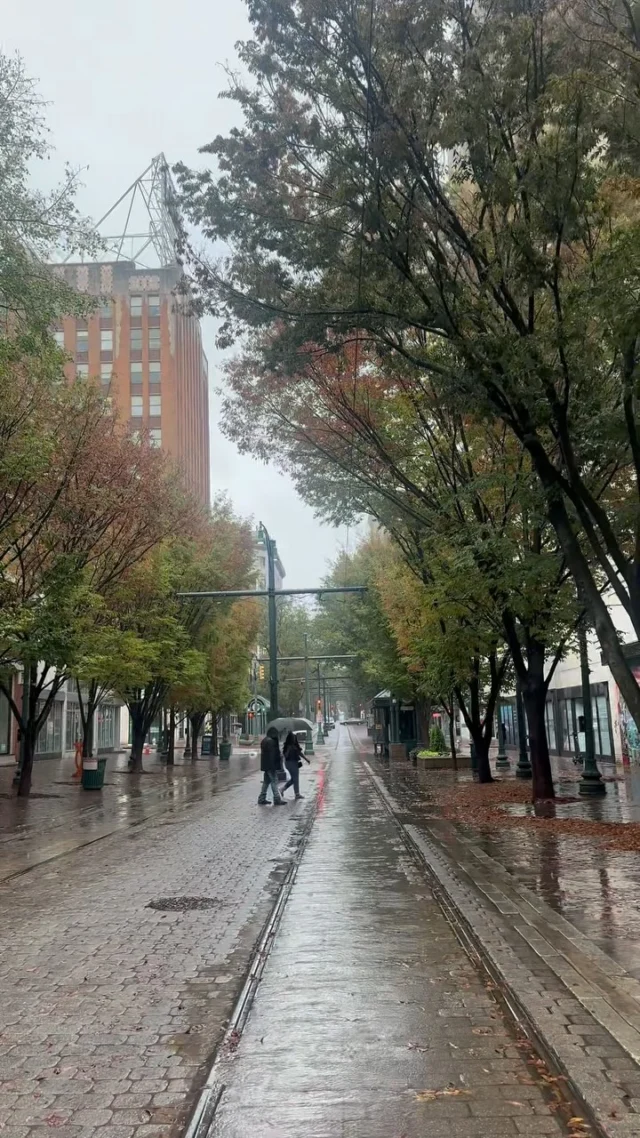In a quiet corner of Pine Bluff, Arkansas, a game-changing environmental project is unfolding—and at its helm is a proud Memphian with a bold vision. Barclay Rogers, a West Memphis native and lifelong champion of the Mid-South’s agricultural economy, is leading one of the world’s most innovative carbon removal efforts through his company, Graphyte.
What began as an idea rooted in sustainability and practicality has grown into what could soon be the largest durable carbon dioxide removal facility in the world. And it all started with a simple truth Rogers learned from nature: “Plant matter contains carbon and water. If you take the water away, you can keep it from breaking down.”
Memphis Roots, Global Impact
Graphyte is turning agricultural byproducts—like rice hulls and forestry waste—into something extraordinary. By compressing these materials into dense bricks and sealing them underground in massive liners (or what Rogers playfully calls “the world’s largest Ziploc bags”), the company prevents the release of carbon dioxide back into the atmosphere. The result? Long-term, sustainable carbon storage that helps heal our planet, one brick at a time.
These bricks don’t just reduce emissions—they’re also part of a larger land restoration project. Rogers and his team are using them to refill and reclaim an 80-acre gravel quarry, with plans to eventually return the land to the community for parks, grazing land for 4-H students, and more.
Innovation Recognized
The world is taking note. Last month, Fast Company named Graphyte one of the World’s Most Innovative Companies of 2025, placing it alongside giants like Microsoft and OpenAI. It’s a major win not just for Graphyte, but for Memphis ingenuity and leadership in the global climate conversation.
The project currently sequesters 15,000 tons of carbon dioxide annually—with plans to scale up to 65,000 tons by year’s end. And more facilities are on the way across North America.
Investors are lining up to be a part of the mission, including Breakthrough Energy Ventures—Bill Gates’ climate-focused fund—as well as major corporations like American Airlines. These companies purchase carbon credits from Graphyte to offset their environmental footprints, proving that what starts in Memphis can truly ripple out across the world.
Built on Southern Strength
Rogers’ return to the Mid-South was no accident. After years working in agricultural tech from San Francisco to New Zealand, he knew Memphis was the right place to root a venture like Graphyte.
“When I founded Graphyte, I was certainly aware of the agricultural economy and the central role that Memphis plays in that economy,” Rogers says. “It’s one of the reasons I was so eager to start the company here.”
Memphis isn’t just his home—it’s part of the solution. By working directly with Southern farmers and foresters, Graphyte is turning agricultural waste into what Rogers calls “carbon gold.” It’s not just a smart idea—it’s a Southern-grown solution to one of the world’s biggest problems.
A Legacy in the Making
Environmental experts are calling this approach “durable sequestration,” and it’s gaining momentum. Unlike more energy-intensive carbon capture technologies, Graphyte relies on nature’s own process—photosynthesis—to do the hard work. Then, using minimal energy, it locks that captured carbon safely away for centuries.
As Shawn Brown, an environmental microbiologist at the University of Memphis, notes, “Durable markets are increasing as consumers see the benefit of long-term sequestration. The demand will continue to rise.”
Looking Ahead
With plans to scale and a global biomass supply that Rogers estimates could sequester the equivalent of 3 billion tons of CO₂, Graphyte is just getting started. And at its heart is a Memphian who believes that the South has always been capable of big ideas—and even bigger impact.
“We’re building a global solution that starts right here,” Rogers says. “This is about restoring land, restoring the atmosphere, and creating real value in the place I call home.”
Memphis Pride, Planetwide Purpose
From the Bluff City to Pine Bluff and beyond, Graphyte is proof that Memphis minds are leading the way in climate innovation. It’s a reminder that powerful change can come from homegrown roots—and that Memphis continues to show the world how to lead with vision, purpose, and soul.





































